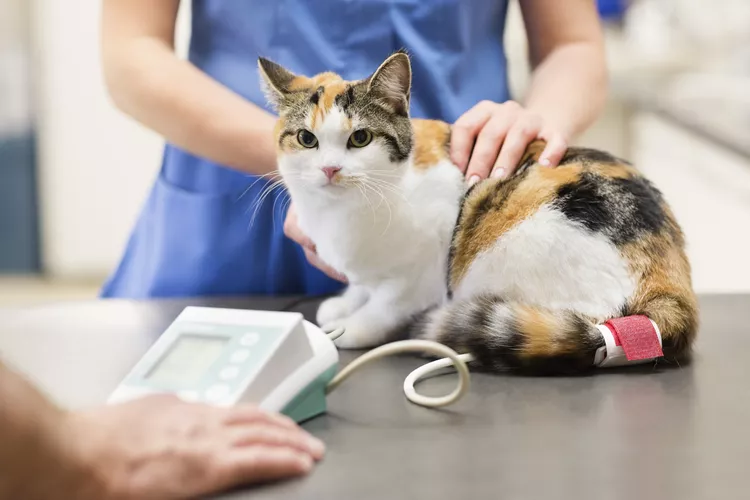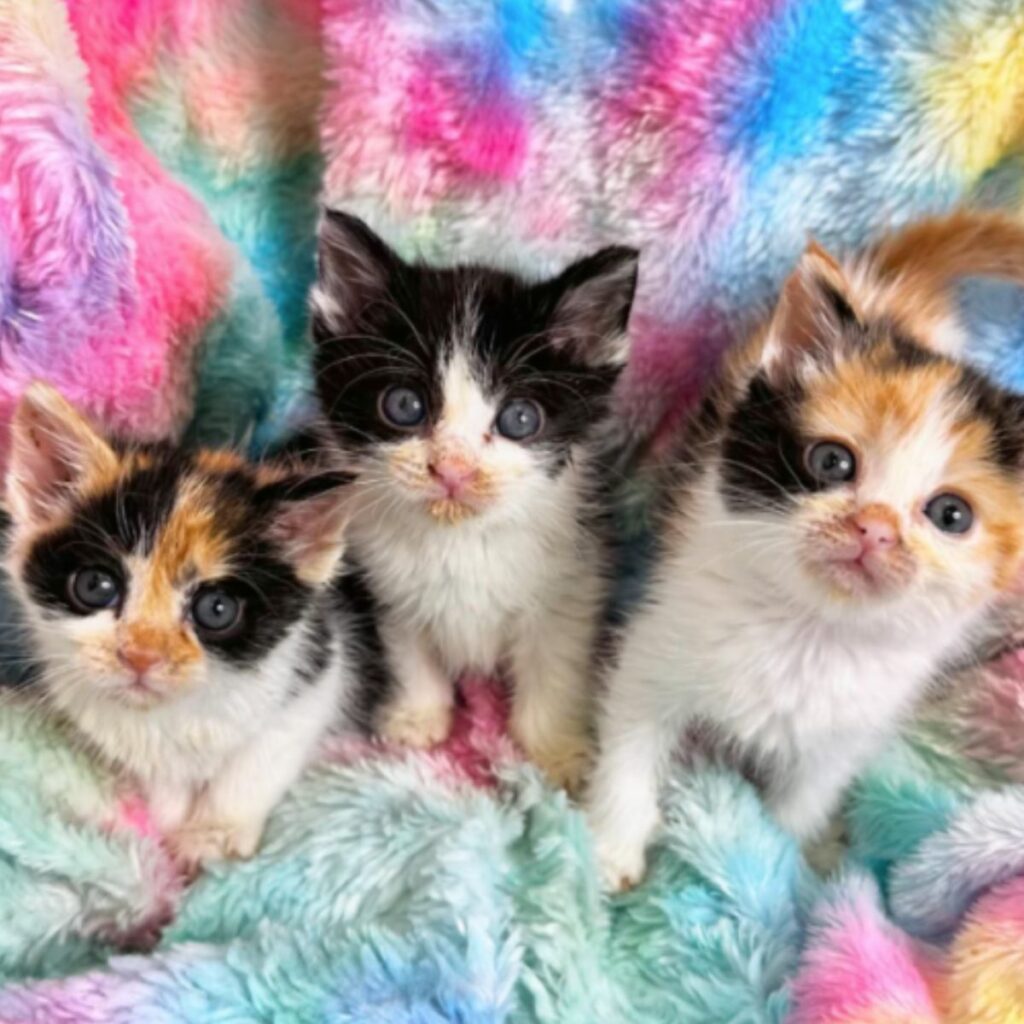Understanding cat behavior is essential for ensuring their well-being and harmonious coexistence with humans.
Stretching is an activity that goes beyond mere physical exercise, enhancing blood flow and muscle health while also playing a role in social bonding.
Surprisingly, cats stretch to relieve stress, releasing endorphins that help maintain emotional stability.
Yet, cat owners must also recognize signs of aggression, which can stem from fear, territorial disputes, or redirected frustration. Knowing how to identify and address these behaviors can make a significant difference.
But what exactly should one watch for, and how can these issues be managed effectively?
Read more: The Power Dynamics Of Cat-Human Interaction: Who’s Really In Control?
Benefits Of Cat Stretching
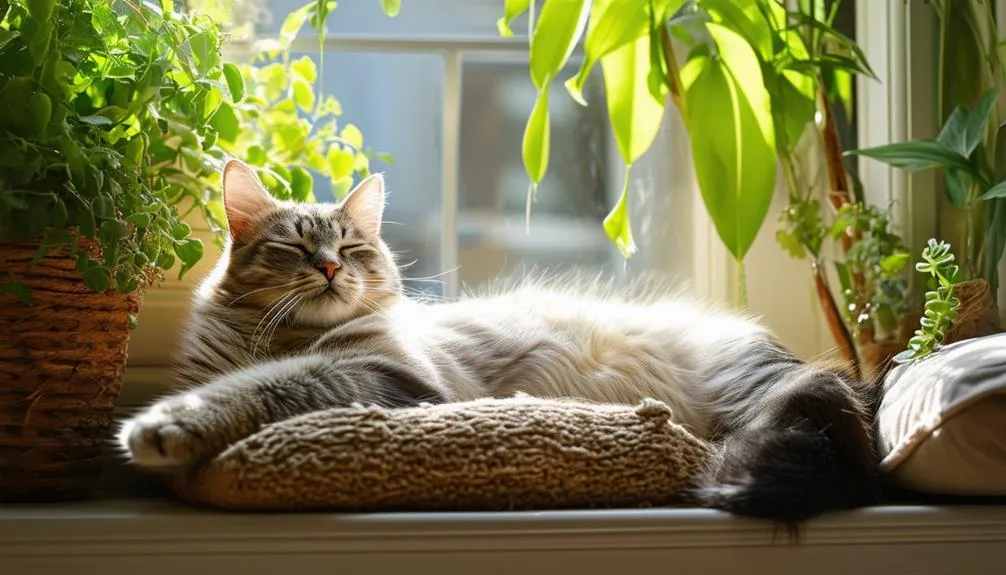
Cat stretching offers numerous benefits, including increased blood flow and improved muscle and joint health.
When a cat stretches, it’s not just a crucial action—it’s an essential ritual that enhances physical well-being.
Stretching helps maintain their range of motion, ensuring they stay limber and ready for activity.
By engaging with toys or using scratching posts, cats achieve a full-body extension, promoting overall muscle health.
Encouraging your cat to stretch can also prevent stiffness and joint issues, keeping them agile and active.
This simple act supports their natural instincts and contributes to a happier, healthier life. So, next time your cat stretches, appreciate the myriad benefits it brings to their well-being.
Read more: Why Do Cats Bite Their Nails? What Is Actually Behind This Habit?
Stretching And Social Instincts
Beyond its physical benefits, stretching plays a significant role in a cat‘s social instincts.
When a cat stretches, it’s often a form of greeting, showing trust by exposing its vulnerable belly.
This behavior signals a relaxed, friendly disposition.
Cats also use stretching to mark their territory, as scent glands in their paws leave behind their unique scent.
This subtle act communicates ownership and familiarity.
Additionally, when a cat stretches near its human, it’s seeking attention and interaction, reinforcing social bonds.
Encouraging such behavior by providing scratching posts or interactive toys can further support these social instincts.
Understanding these nuances helps strengthen the bond between cat and owner, creating a harmonious home environment.
Read more: 250 Coolest And Cutest Cat Names With Meanings
Stretching As Stress Relief
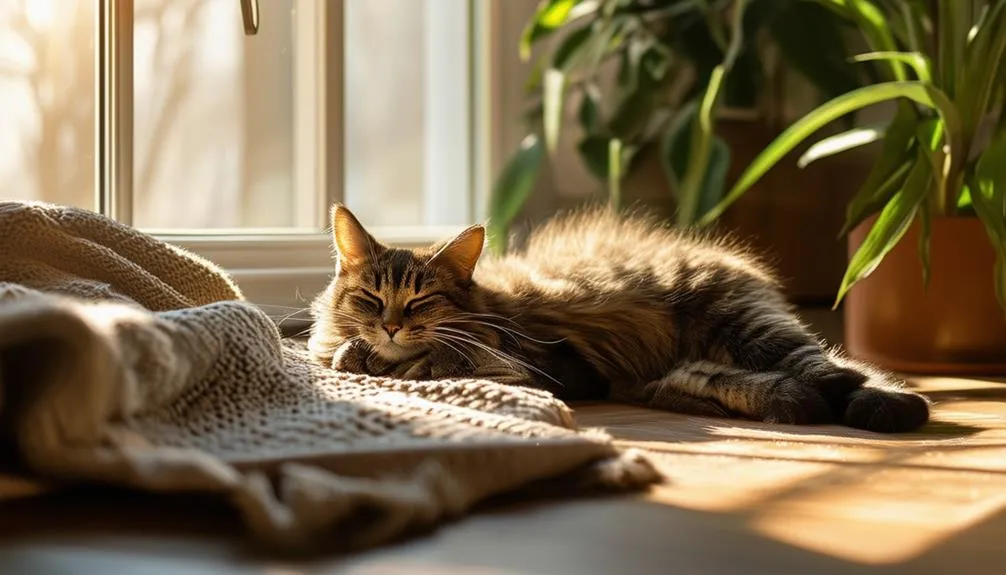
Stretching serves as an essential self-soothing behavior, helping cats manage stress and anxiety.
When a cat stretches, it releases endorphins, which are natural feel-good hormones.
This act not only relaxes their muscles but also provides a mental break from any sudden stressors.
Cats often use stretching as a coping mechanism, especially during unsettling situations.
By engaging in full-body stretches, they can alleviate tension, increase blood flow, and maintain their range of motion.
Observing a cat‘s stretching routine can offer insights into their emotional state, as abrupt or frequent stretches might indicate underlying stress.
Providing a secure environment with ample stretching opportunities can greatly enhance a cat‘s overall well-being and comfort.
Read more: Can Fleas Actually Kill A Cat?
Common Types Of Cat Aggression
Understanding the various forms of cat aggression can help cat owners address and mitigate behavioral issues effectively.
Territorial aggression arises when a cat feels its space is invaded, while fear aggression occurs if a cat feels threatened.
Redirected aggression happens when a cat lashes out at a nearby target rather than the actual source of its stress.
Petting-induced aggression can occur if a cat becomes overstimulated during petting sessions.
Play aggression is common among kittens and young cats as they learn boundaries.
Recognizing these types, owners can create a more harmonious environment.
Offering enough resources, creating safe spaces, and using positive reinforcement are essential strategies to manage and reduce aggression in cats, ensuring a peaceful coexistence for all.
Read more: 10 Little-Known Facts About Your Cat’s Tongue
Signs Of Aggressive Behavior
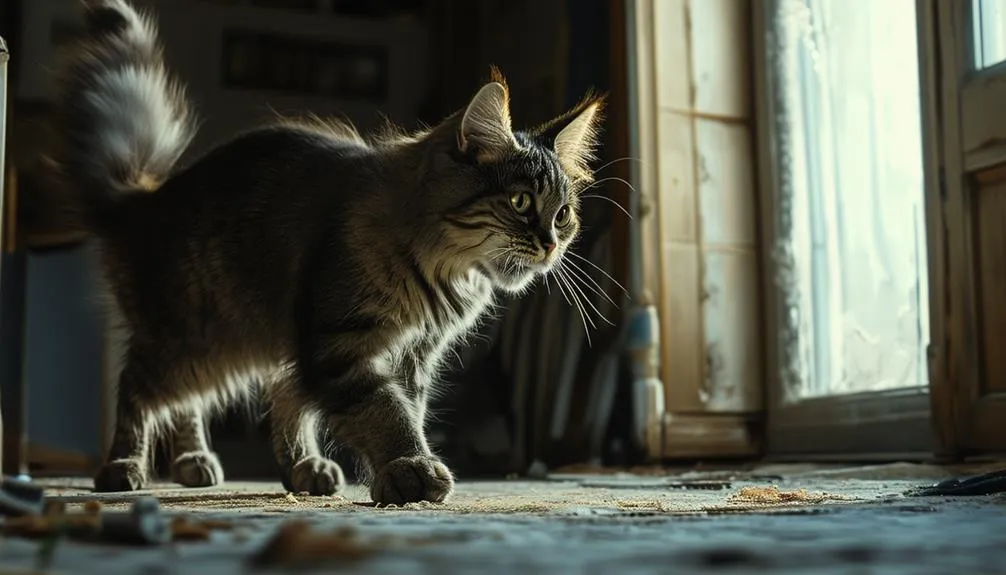
Identifying aggressive behavior in cats is essential for preventing potential harm and addressing underlying issues promptly. Recognizing the signs can make a significant difference in understanding a cat‘s needs.
Common indicators include hissing, growling, or spitting, often accompanied by ears pinned back or dilated pupils.
A tense body, tail lashing, or attempts to flee or hide are also strong signals.
Physical actions like swatting, scratching, or biting shouldn’t be ignored. Observing these behaviors closely helps in deciphering the root cause of aggression.
By staying attentive to these signs, caregivers can create a safer, more harmonious environment.
This knowledge fosters a deeper connection with their cat friends, ensuring both well-being and peace.
Preventing Cat Aggression
To prevent cat aggression, providing a stimulating environment with ample resources like food, water, litter boxes, and scratching posts is essential. Cats thrive in spaces where they feel secure and engaged.
High perches and hiding spots can give them a sense of safety, reducing stress.
Positive reinforcement, such as treats and praise, encourages good behavior, making your cat feel loved and understood. Avoid using punishment-based methods, as they can increase fear and aggression. Neutering or spaying can also help reduce hormonal aggression.
Regular play sessions with interactive toys can channel a cat‘s energy positively, preventing boredom-induced aggression. By understanding and meeting your cat‘s needs, you foster a peaceful and happy home environment.
Read more: Mountain Lion Attacks & Drags Away Dog in California
Professional Help For Aggression
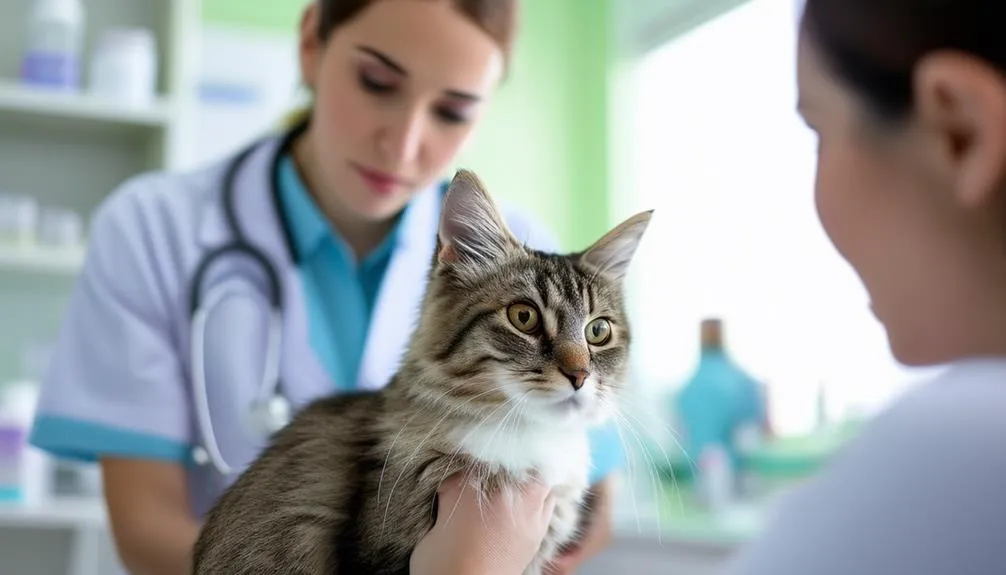
When cat aggression becomes unmanageable, seeking professional help is often the best course of action. A veterinarian can rule out any underlying medical issues that might be contributing to the aggression.
If health problems aren’t the cause, consulting an animal behaviorist can provide valuable insights and a tailored behavior modification plan. In severe cases, medication might be prescribed to help manage the aggression.
Training sessions can also be beneficial, teaching the cat alternative behaviors and coping mechanisms. Additionally, support groups or online forums can offer advice and emotional support.
Read more: How To Stop Dog Barking
Conclusion
In understanding cat behavior, recognizing the importance of stretching is vital for their physical and emotional health, like a well-oiled machine. Stretching promotes blood flow, muscle health, and social bonding. It’s also a key stress relief method, releasing endorphins.
However, being aware of signs of aggression and its triggers is essential. Preventing and addressing aggression through nuanced approaches can maintain harmony. If needed, don’t hesitate to seek professional help for a happier, healthier cat.





